But membership in any one of those communities implied the corresponding displacement from the other four, a state of affairs that his autobiographical series makes repeatedly plain. Collectively titled “Continents of Exile,” the series is shot through with the disenfranchisement and loss of perpetual diaspora.
After “Daddyji,” a closely rendered portrait of Mr. Mehta’s father, the series continues with “Mamaji” (1979), about his mother. It proceeds through “Sound-Shadows of the New World” (1986), about his unlikely education at a school for the blind in Arkansas; “Up at Oxford” (1993); and “Dark Harbor: Building House and Home on an Enchanted Island” (2003), among other titles, before completing the circle with “The Red Letters” (2004). In that closing volume, Mr. Mehta, at 70, attains a renewed understanding of his father’s life.
Speaking of the genesis of “Daddyji,” he told the Indian newsmagazine Tehelka in 2009: “My father was a great storyteller — maybe that’s how I ended up becoming a writer — but with seven brothers and sisters clamoring for his attention, I rarely got him to myself. Once that finally happened, in New York, I asked him to repeat the old stories he used to tell us. Initially it was mainly for my own edification. Then I started taking notes, and the book developed.”
The fifth of the seven children of Amolak Ram Mehta, a physician, and the former Shanti Mehra, Ved Parkash Mehta was born on March 21, 1934, in Lahore, in what was then British India and is today Pakistan.
Dr. Mehta had been educated in Britain and on returning to India became a prominent public health official. After the dissolution of the British Raj in 1947, he served as deputy director general of health services for the Indian government.
To the end of his life Dr. Mehta held himself responsible for Ved’s blindness, which had arisen amid circumstances that encapsulated the class-consciousness and learned subservience that India’s colonial history entailed. Though he had correctly identified his son’s meningitis, he let himself be persuaded of an incorrect, far less urgent, diagnosis by a ranking medical official.
As a result, he felt he could honor an engagement to play tennis that day with a visiting British dignitary rather than take his son to the hospital. Had he sought treatment immediately, he came to think, Ved’s sight might have been saved.
In an era when many blind Indians wound up as beggars, Dr. Mehta became determined to have his son educated. When Ved was not quite 5, he was sent some 900 miles away to one of the country’s few institutions for blind children, the Dadar School for the Blind, an institution founded by Christian missionaries in what was then Bombay.
“You are a man now,” his father told Ved as he placed him on the train, in the care of a cousin, for the long journey.
More Asylum Than School
But the school, far from being the educational oasis Dr. Mehta had envisioned, proved to be more like an orphan asylum, populated mainly by blind street children. There was rampant disease and little serious instruction, though Ved did learn to read English in Braille; there was then no standard Braille alphabet for writing the many languages of India. He remained at the school for three years.
Mr. Mehta would write about his time there in “Vedi” (1982), the third volume of Continents of Exile:
“Deoji” (an older student) “had told me about a bathroom ghost who lived inside the wall. ‘If anyone stays there too long, the bathroom ghost will pounce on him and bite off his nose,’ he had said. ‘If he ever attacks you, just pray to Jesus, Mary and Joseph.’
“‘Who are they? What will they do to the ghost?’
“‘Jesus, Mary and Joseph live up in Heaven. They are very nice to the blind sort. Ghosts slide away just at the mention of their names.’
“Whenever I went to the bathroom, I could hear the ghost shift his weight from foot to foot; he made the whole bathroom wall shake. I always prayed to Jesus, Mary and Joseph, and he didn’t bother me.”
Returning home to Lahore at 8, Ved was determined to keep pace with his siblings.
“Because I grew up with six sighted brothers and sisters, I never thought the world should adapt to me,” Mr. Mehta told The Times in 2003. “I thought I should adapt to the world.”
Adept at discerning what he called sound-shadows — the subtle cues, borne by sound, heat and air currents, that can impart “facial vision” for surrounding objects — Ved climbed trees, bicycled and raced gamely over rooftops holding the strings of soaring kites.
But he could not join his siblings at school, and remained without education for years. Then, at the end of World War II, his father prevailed upon Lady Mountbatten, the last vicereine of India, to have him admitted to a school in Dehradun, in northern India, for soldiers blinded in the war. There, he continued studying Braille and learned touch-typing, a skill that would soon ensure his passage to the West.
But first, rupture. With Indian independence from Britain in 1947 came the partition of the subcontinent into India and Pakistan and ensuing lethal violence between Hindus and Muslims. The Mehta family, Hindus, found themselves on the largely Muslim Pakistani side of the divide.
That year, Mr. Mehta recalled, “with the clothes on their backs,” the Mehtas were among the millions of Hindu and Sikh refugees who fled Pakistan for India. He would reprise their flight in “The Ledge Between the Streams” (1984), the fourth volume of his memoir.
In India, craving a high-school education, the young Mr. Mehta used his newfound typing skills to send letters to dozens of schools for the blind in the United States, beseeching them for admission.
The only affirmative reply he received was from the Arkansas School for the Blind. And so, in 1949, at 15, he journeyed to Little Rock alone.
In Little Rock, he attained an elegant mastery of English and completed the 12-year curriculum in three years. After graduating, he entered Pomona College in Southern California.
In California, as in Arkansas, Mr. Mehta wrote, he “felt cut off from everyone I knew and loved, somewhat like a sailor sent out to sea before the advent of wireless communications.”
To stave off loneliness, he began to write, dictating what became his first book, “Face to Face,” to a pretty classmate on whom he had an unrequited crush.
“Face to Face,” an account of Mr. Mehta’s Indian childhood and American education, was published in 1957 to approving notices. Mr. Mehta, who planned to become a scholar, intended the book as a one-off, and later considered it separate from “Continents of Exile.”
After graduating from Pomona in 1956, he earned a second bachelor’s degree, in modern history, from Balliol College, Oxford. Returning to the United States, he received a master’s degree from Harvard and planned to continue for a Ph.D.
In 1960, while at Harvard, Mr. Mehta published his first article in The New Yorker, a freelance first-person account of a recent voyage across India.
His work captivated Mr. Shawn, and, forsaking his academic career, Mr. Mehta joined the magazine the next year. He recalled his halcyon days there in “Remembering Mr. Shawn’s New Yorker” (1998).
Mr. Mehta’s work at the magazine was not without its critics. Some reviewers said his writing betrayed a solipsism that was extreme even by the generous standards to which memoirists are held.
For a 1989 article, Spy magazine, the satirical New York monthly, interviewed several of the women who had worked as Mr. Mehta’s assistants over the years — an attractive young cohort known in The New Yorker’s precincts as the Vedettes. The article emerged as a caustic portrait of Mr. Mehta as patrician, paternalistic and patronizing.
Mr. Mehta wrote about his long history of failed relationships with women, and the long psychoanalysis he underwent in an effort to understand that history, in “All for Love” (2001), the ninth installment of his autobiography.
He married Linn F.C. Cary, a great-great-great-granddaughter of James Fenimore Cooper, in 1983.
She survives him, along with their two daughters, Sage Mehta Robinson and Dr. Natasha Mehta; his sisters, Promila Mehrotra and Urmila Singh; and two grandchildren.
Under the editorship of Tina Brown, The New Yorker ended its relationship with Mr. Mehta in 1994. He taught widely, at Yale, Vassar, New York University and elsewhere, and continued writing books.
His bibliography also includes the nonfiction titles “Fly and the Fly-Bottle: Encounters With British Intellectuals” (1963); “The New Theologian” (1966); and “John Is Easy to Please” (1971), about linguistics; as well as a comic novel, “Delinquent Chacha” (1967).
Of all the words Mr. Mehta expended on his autobiography — more than a million, by any reasonable estimate — perhaps nothing captures his resolve to meet the world on his own terms better than this passage, from “Sound-Shadows of the New World.” In it, he recounts making his first solo outing in Little Rock with his school-issued white cane:
“I stepped along the front drive smartly, swinging and tapping my cane in front of my feet and feeling like a soldier going out on a dangerous mission. But as I approached the gate the tap-tap of the cane made me feel shy and self-conscious. ‘Tap-Tap here comes a blind boy from the blind school — look out!’ the cane seemed to shout.”
So he broke the cane in two.
Source: The New York Times
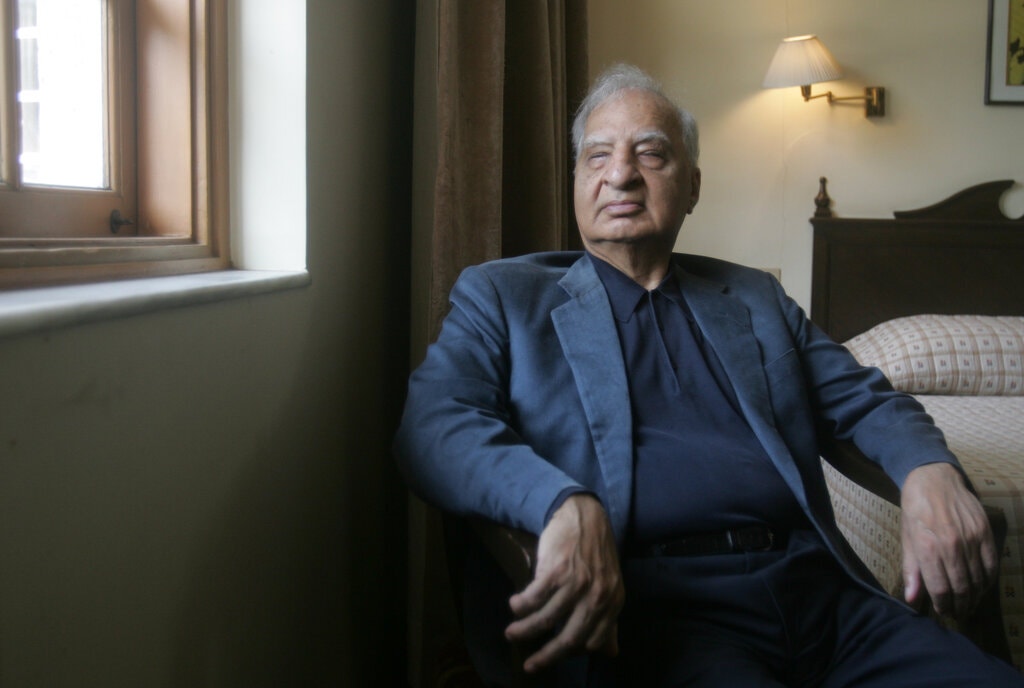


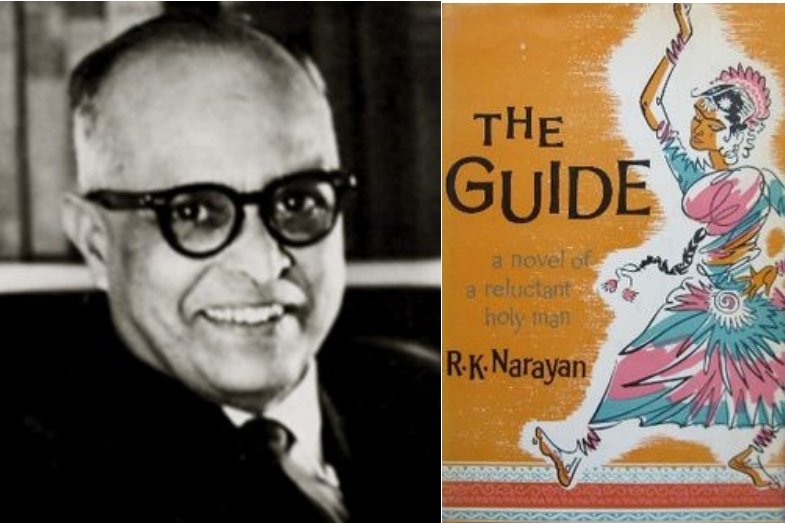
.jpg)


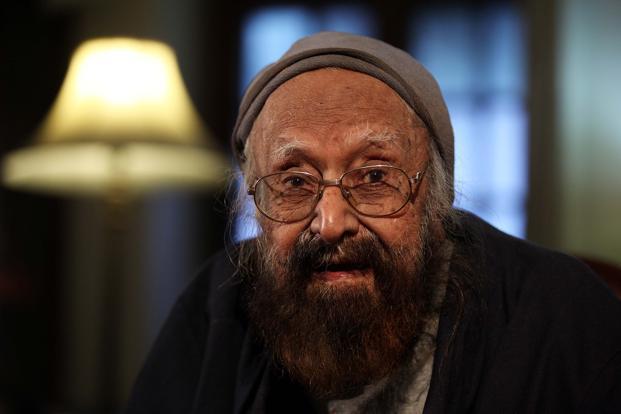



.jpg)
.png)
.jpg)


.jpg)
.jpg)
.jpg)

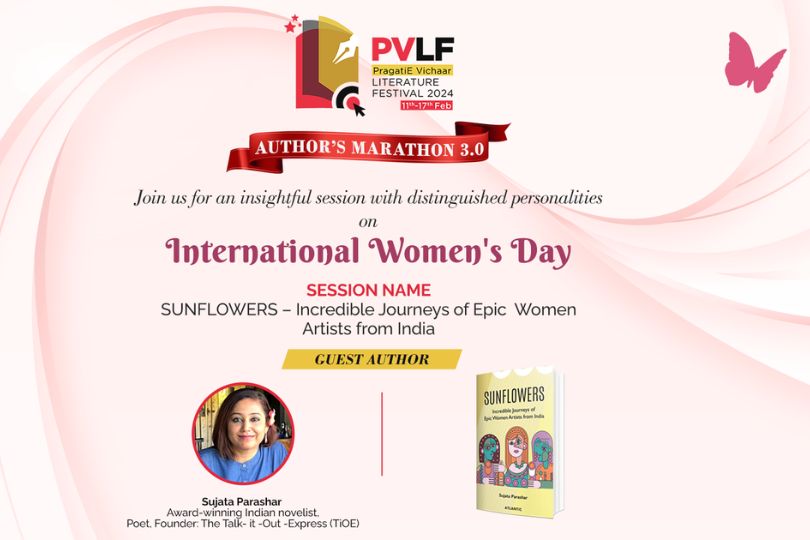


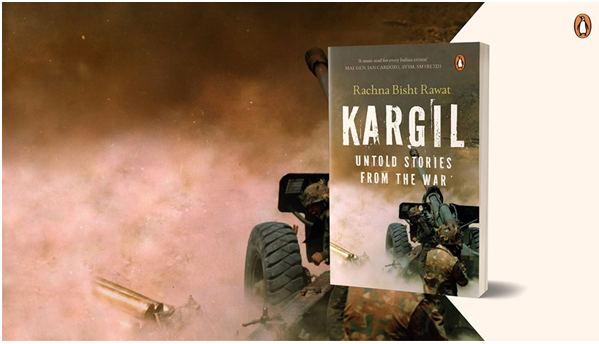
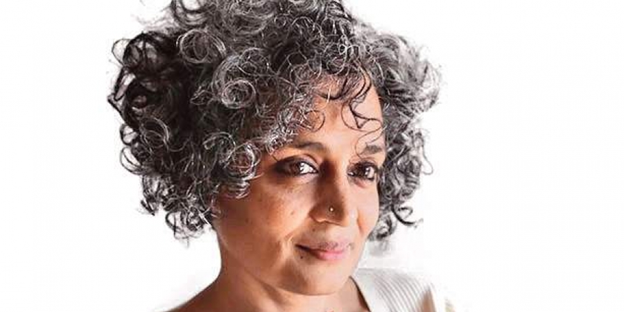

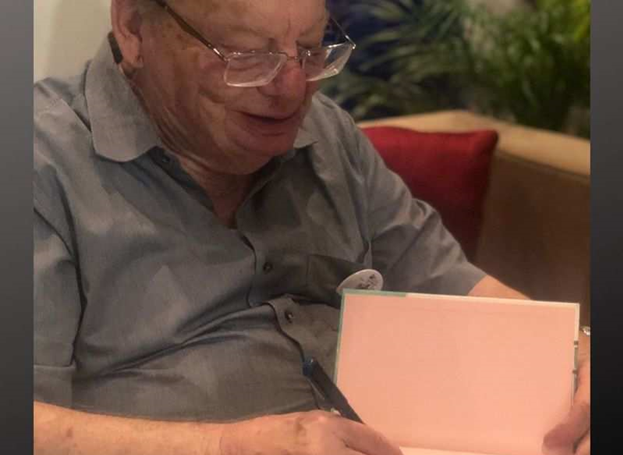


Sorry! No comment found for this post.